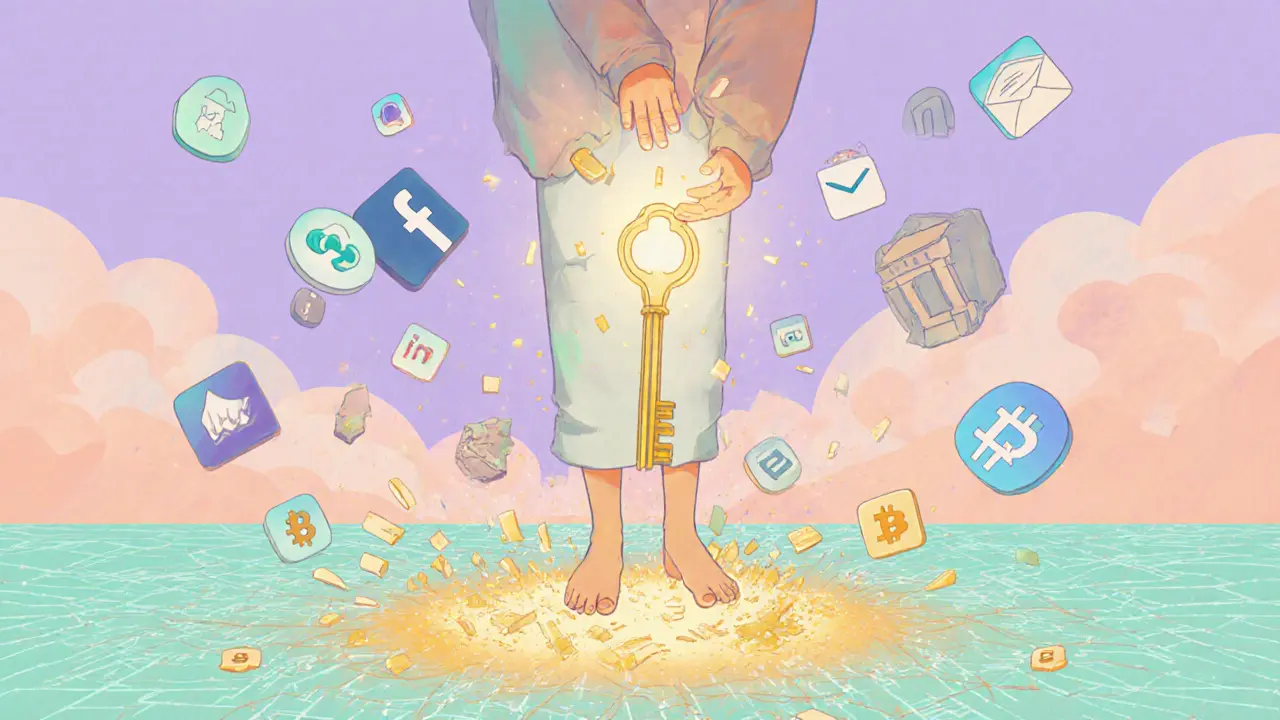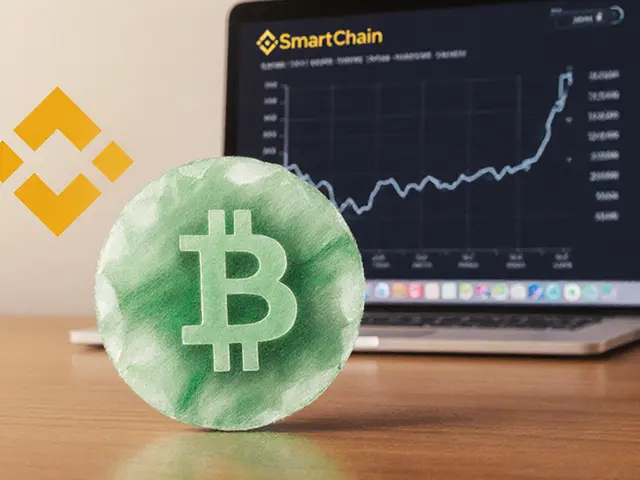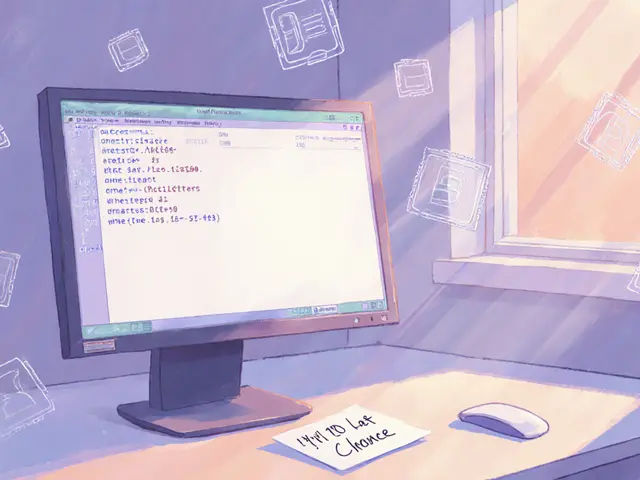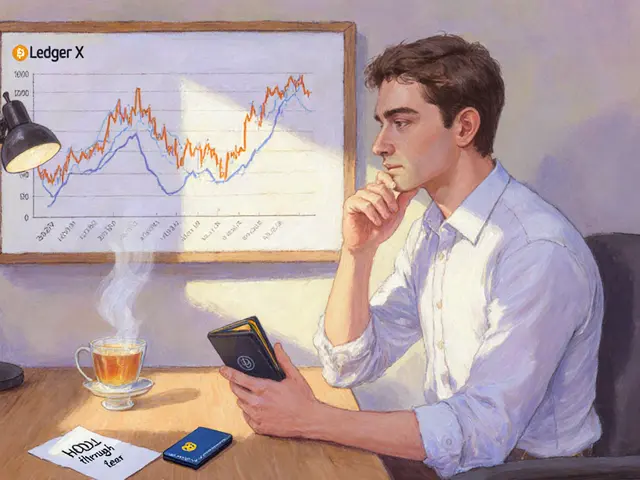Blockchain Apps: What They Are, How They Work, and What’s Real Today
When you hear blockchain apps, software programs that run on decentralized networks instead of central servers. Also known as DApps, they let you trade crypto, lend money, or even buy property without a bank in between. These aren’t just fancy websites—they’re code that runs on public ledgers like Ethereum, TON, or Polkadot, and they only work if the network stays active. That’s why some blockchain apps die fast—no users, no liquidity, no future. Others? They stick around because they solve real problems, like letting you send micropayments without fees or owning a piece of real estate as a digital token.
Behind every working blockchain app is a smart contract, self-executing code that enforces rules without human intervention. Think of it like a vending machine: you put in the right input, you get the exact output. No middleman. No delays. But if the code has a flaw? Your money vanishes. That’s why so many DeFi projects fail—they’re built on shaky contracts or fake demand. Meanwhile, blockchain scaling, techniques to make networks faster and cheaper like state channels or layer-2 solutions, are what keep the good apps alive. Without them, every trade costs $20 and takes minutes. With them, you can play a game, trade NFTs, or pay for coffee—all on-chain, without the lag.
What you’ll find here isn’t hype. It’s the truth behind the apps people actually use—or avoid. You’ll see why a meme coin tied to a Telegram duck still has users, while a crypto exchange with zero trading activity is just a ghost. You’ll learn how a token built for a metaverse in Polkadot still has value, and why a real estate token marketplace is quietly growing while others crash. Some of these apps are tools. Others are traps. This collection cuts through the noise and shows you what’s real, what’s risky, and what’s worth your time.






